I'm 90+ and These 9 Fat-Blasting Habits Keep Me in the Best Shape of My Life
Do you ever wonder about the habits of some of the healthiest people in the world? Takishima Mika, or "Takimika," is in her mid-90s and works as a personal trainer. Considered Japan's oldest fitness instructor, the former housewife maintains a super healthy lifestyle. She recently revealed 9 of her key health habits in an interview with Nippon – many of which you can incorporate into your own routine.
She Only Sleeps 3 to 4 Hours a Night
According to Takishima, she doesn't need a lot of sleep. She goes to bed at 11:00 pm and wakes up bright and early at 3:00 am. That means her total amount of sleep is just three to four hours.
2 Hours of Walking and Jogging

After getting up at 3, while it's still dark, she gets her cardio in. "I leave home at around four in the morning, walk four kilometers, then jog another three. Finally, I walk a kilometer backward. I do this every day, as long as it's not raining. It takes around two hours, but it feels like it's over in no time," she says.
A Hearty Breakfast
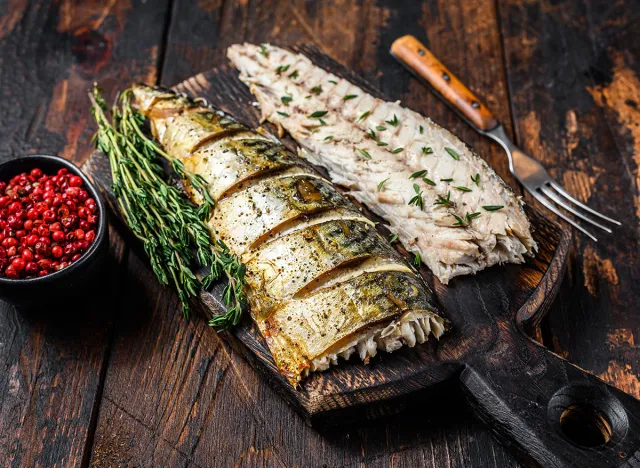
Around 7:00 am, she is ready for a breakfast full of protein and fermented foods. "I grill mackerel or salmon and have it with nattō, eggs, tofu, kimchi, and nukazuke pickles. I never skip my two packs of natto," she says.
Housework and Stretching
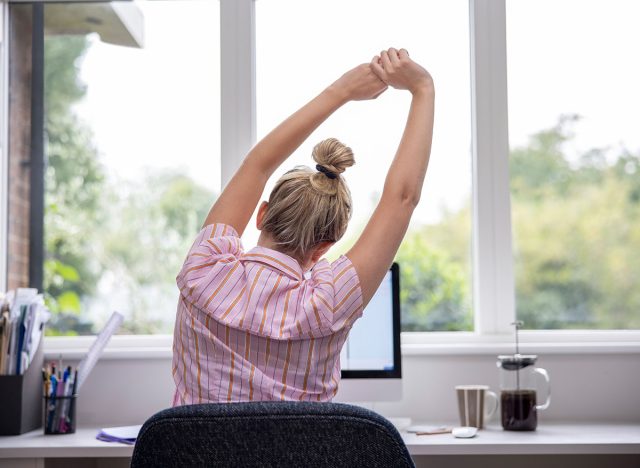
After she eats, it's time for housework and stretches. She also pays attention to form and posture at all times, even when watching TV. She also walks around on tiptoes.
RELATED: I Lost 100 Pounds in a Year and I Didn't Give up a Single Thing That I Like
A Light Lunch

Takishima goes light on food during lunchtime because she is still pretty full from breakfast "I have a banana, followed by a probiotic Yakult drink. That's all. I get sleepy if I overeat."
Two Hours of Intense Training
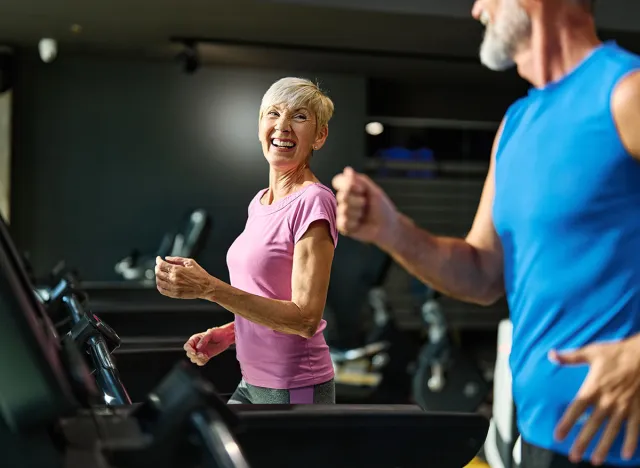
During the afternoon, she invests about two hours on intensive training sessions. Sometimes she works out with her trainer, Nakasawa Tomoharu, doing one-on-one exercises. She doesn't listen to music, but concentrates on her stretching.
Red and White Wine
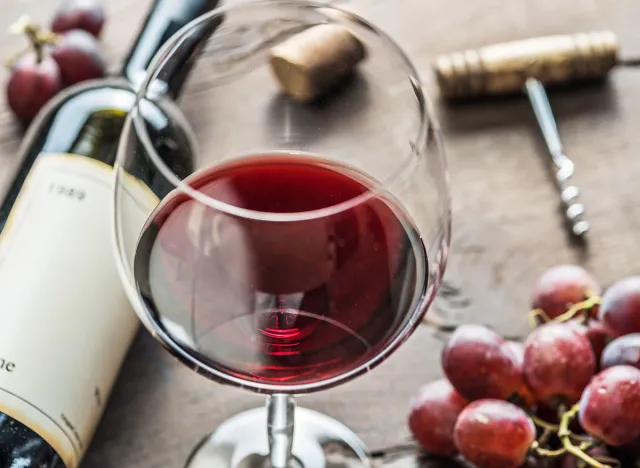
Before she makes dinner, Takishima treats herself to wine. "I like both red and white wine," she says. "Red wine, in moderation, has long been thought of as heart healthy," says the Mayo Clinic. "The alcohol and certain substances in red wine called antioxidants may help prevent coronary artery disease, the condition that leads to heart attacks." While red wine is slightly healthier than white, the lighter shade of vino generally has fewer calories than the darker shade.
RELATED: Top 17 Expert Hacks to Burn Fat and Transform Your Body by 30 Minutes of Walking
Soup for Dinner
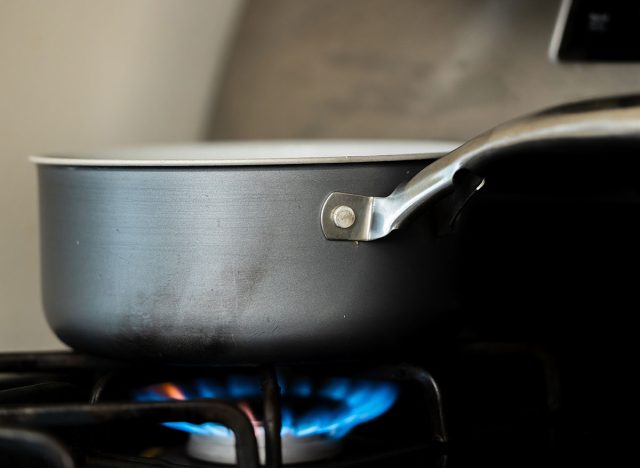
"After my glasses of wine, I take my time to enjoy my dinner. I make chicken and vegetable soup a lot. I stew Chinese cabbage, mushrooms, potatoes, carrots, konnyaku, and the like until tender, then add the chicken. I like the flavorful juice you get from the vegetables. I love seasonal vegetables, too. In winter I add plenty of spring onion," she says about her nightly meal.
No Processed Food

Takishima eats three balanced meals a day, eating as much as she wants. However, she has always avoided artificial additives and preservatives. "If I feel like cake, I have cake. Sometimes, I decide to only eat half and save the rest for the following day. I end up eating at all, though," she says.
RELATED: I Lost 70 Pounds, "Got Rid of Cellulite and Fat and Toned My Legs" with These 3 Simple Steps
She Trains Others
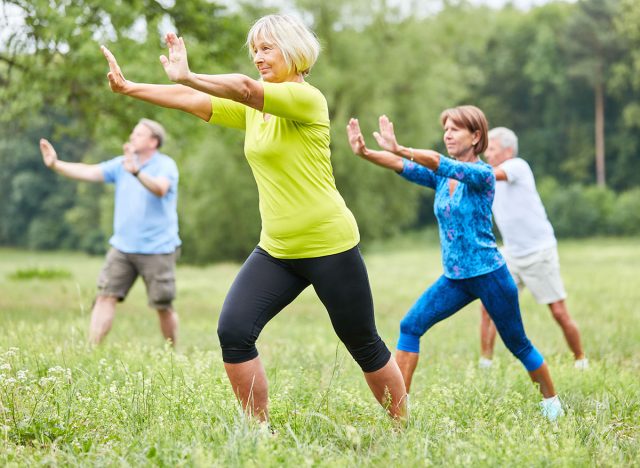
Tomoharu, Takishima's trainer and the owner and managing director of Power Aging, the gym where she trains, made his star pupil a trainer. "Every inch of Takishima's body exudes a love of training. She's a great speaker, too. The more I worked with her, the more I felt that it was a waste to have her come here only as a pupil, which is why I half forced her to take the role of fitness instructor. Takishima resisted initially, but her achievements have exceeded our expectations," Nakasawa says. And if you enjoyed this article, don't miss I Hit 60 and These 15 Anti-Aging Foods Keep Me Fit and Feeling 20 Years Younger.





